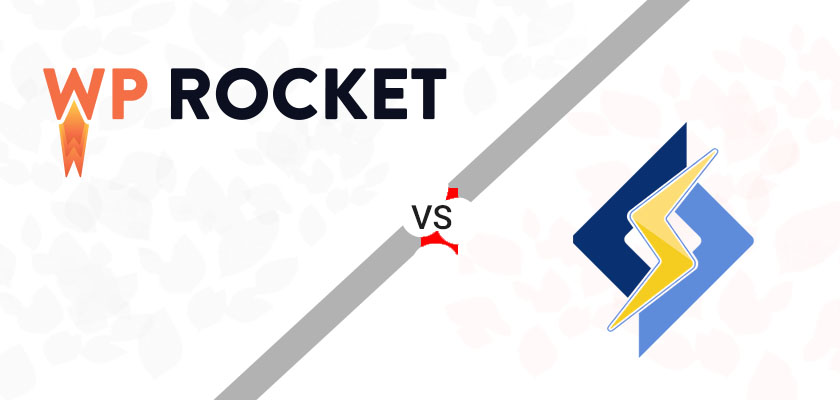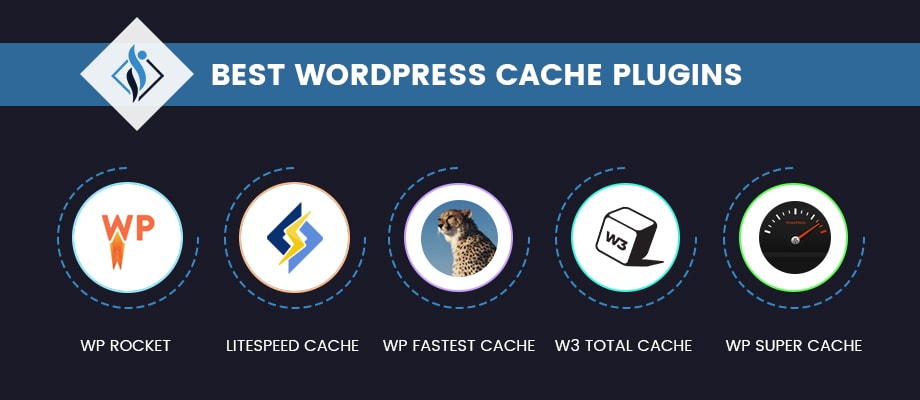Get This Report on Litespeed Cache Vs. Wp Rocket
Wiki Article
An Unbiased View of Litespeed Cache Vs. Wp Rocket
Table of ContentsThe Best Strategy To Use For Litespeed Cache Vs. Wp RocketSome Known Questions About Litespeed Cache Vs. Wp Rocket.The 8-Second Trick For Litespeed Cache Vs. Wp RocketThe 15-Second Trick For Litespeed Cache Vs. Wp RocketNot known Facts About Litespeed Cache Vs. Wp Rocket
They have a smaller file dimension, making them simpler to pack. That's a good trade-off if you desire better loading performance.
If you're running your website on Word, Press, you're most certainly using plugins and widgets to add functionalities to your site. Every plugin you mount adds a bit of code to your page, making it larger than it must be.
Allow's say your web server is based in Australia, but you have lots of site visitors from India. Rather than sending data straight from Australia, the CDN can send files from a web server in India, making this procedure quicker and extra efficient. Redirects are an all-natural part of any kind of web site, and there's nothing incorrect with them.
The smart Trick of Litespeed Cache Vs. Wp Rocket That Nobody is Discussing
By linking as close to the final destination as possible, you prevent creating also lots of redirects and therefore, decrease your site's lots. Unsurprisingly, some of the finest resources for optimizing your internet site are from Google.It summarizes the user experience of site visitors to your website, demonstrating how numerous URLs pass or fall short Core Web Vitals and various other page experience signals. Lighthouse, for Google Chrome This is just one of one of the most advanced efficiency measurement devices readily available and wonderful for benchmarking. Web, Web Page, Test This device gives a waterfall layout of how all the properties lots on your web site.
Every individual is various. Discover out that your customers are, exactly how they access your site, and what they do while they're there.
Make use of the referrals to get begun on improving your page speed, yet do take these with a grain of salt. They are fantastic beginning points, however there is so much more you can do!

This will certainly minimize latency and result in enhancements to your page rate since it decreases any type of opportunity of a hold-up or the number of round trips generated.
Little Known Questions About Litespeed Cache Vs. Wp Rocket.
As internet page technology, like the advancement and broad use of Java, Manuscript collections, has actually progressed in time, the use of this technology has actually been tempered by the rate, or transmission capacity, of Net links and the handling and memory sources of devices. In other words: the extra information and resources the server sends to the internet browser, the longer it requires to provide the "package" across an internet connection and the slower the page will certainly be visually provided in the web browser and end up being useful.
This is so when a site visitor visits this internet site again, it doesn't have to refill the entire page. This advantages page rate, as this saves money on time spent sending out several HTTP demands to the server. An additional advantage is the decrease of transmission capacity and for that reason the total cost of holding your website.
This will lower latency and outcome in improvements to your web page speed because it lowers any type of possibility of a hold-up or the number of round trips produced.
As internet page modern technology, like the development and wide use of Java, Manuscript collections, has actually advanced in time, using this modern technology has actually been solidified by the speed, or data transfer, of Net links and the handling and memory sources of tools. In brief: the more data and sources the web server sends to the browser, the longer it takes to supply the "bundle" throughout an internet connection and the slower the web page will certainly be visually provided in the internet browser and become useful.
Page speed influences traffic throughout Source all channels you can check here and resources, however given that Google has led advancements being used page rate in web search ranking algorithms, lowering latency has actually come to be a core component of SEO. While anything that includes time to the page providing process is a web page rate factor, there are several concerns that are most usual: The time between when the user or internet browser requests the web page and the initial feedback from the server is called the web server response time, likewise gauged as Time To First Byte (TTFB), or the time at which the web server sends the initial data that the web browser can use to construct and render the web page.
Report this wiki page